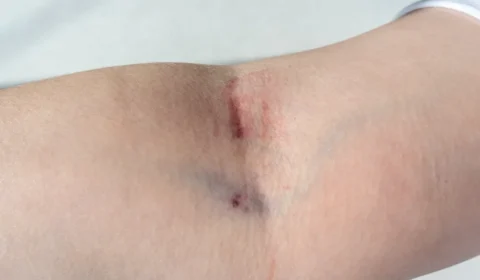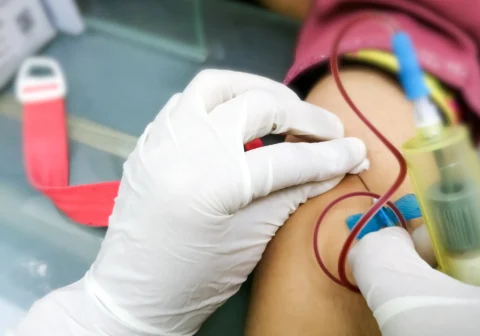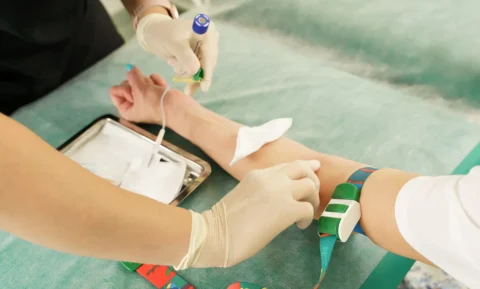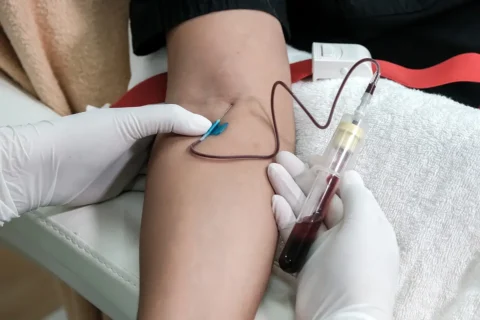Cosmetic laser procedures have become a staple in many dermatology clinics and medical spas because they’re a safe and effective solution for many skin and body concerns – like laser hair removal, laser tattoo removal, laser skin rejuvenation, and more. If you want to keep up with other successful practitioners in the aesthetic field, then a laser training course can give you the competitive edge you need.
So what can you expect from your cosmetic laser training course? Most of them include these 6 essential elements of laser aesthetic treatments: evaluating the patient’s condition and their aesthetic requests, understanding laser physics involved in laser treatments, learning about laser safety and proper handling of laser equipment, knowing the difference between laser treatment and other kinds of light therapy, familiarizing with the latest technology and combined aesthetic treatments, and studying the promotion and marketing of different laser services.
6 Things to Learn During Aesthetic Laser Courses
Every year, millions of laser skin treatments and other light-based procedures are performed in the country. Most of them are focused on reversing the signs of aging and sun damage. The demand for laser treatments is pushing more physicians, aestheticians, and nurse practitioners to get a laser certification.
If you’re also planning to become a certified laser technician and offer laser treatments in your medical spa, you need to undergo aesthetic laser training first. Here’s a list of things you’ll learn about during your course:
1) Evaluate Patients and Their Aesthetic Requests
Patients have unique skin types that require specific treatments, so it’s important to learn about the anatomy and physiology of their skin. After determining the type of skin they have, the aesthetician can start narrowing down the best laser treatments for them that won’t harm their skin.
Aside from evaluating their skin and recommending treatments based on their aesthetic request, it’s also important for a physician or nurse practitioner in aesthetic medicine to explain how the cosmetic procedure works to the patient. This allows them to decide whether they still want to proceed with the laser treatment or find another procedure for them.
2) Understand the Physics of Laser Treatments
Laser devices come in many different types that serve various purposes – the laser equipment used for laser hair removal is different from the laser used in skin rejuvenation or tattoo removal. Practitioners need to know about the physics of laser technology so they can maximize its use for different aesthetics. This also allows them to control the laser equipment to give their patients the best skin care results.
3) Know How to Utilize Lasers Safely
Like other minimally invasive procedures, lasers also come with certain risks that can be minimized with the right techniques. Before a medical professional receives their laser skin rejuvenation, laser tattoo removal, or laser hair removal certification, they should learn about different laser protocols and safety guidelines first.
Laser safety guidelines ensure that the aesthetician complies with different local, state, or federal ordinances. After the aesthetic laser training, they should have a full understanding of the different hazards associated with laser treatments and the best ways to avoid them.
4) Differentiate Between Laser Types and Light-Based Treatments
Although they’re often lumped together, a laser procedure is actually different from light-based treatments like IPL therapy. Laser technicians must know their differences, shortcomings, and advantages, so they can recommend either of the two procedures for the patient.
Intense pulsed light (IPL) therapy uses a broad spectrum of light to reach the underlying layers of the skin, treating the skin from within. On the other hand, laser treatments can be ablative (removes the upper layers of the skin) or non-ablative (treats the deeper layers without damaging the skin’s surface). Lasers also come in different brands and types, like alexandrite lasers, YAG lasers, and CO2 lasers.
5) Be Familiar With Newer Technologies and Combined Treatments
Laser treatment providers should also keep up with the latest laser technologies to provide their patients with the best results. These new and improved innovations give your medspa the competitive advantage it needs to attract more interested patients. These newer treatments are also safer, easier to perform, and more effective than the previous ones.
More patients are also considering combining laser treatments with other aesthetic procedures to rejuvenate their skin and improve their appearance. Providers must know which treatments work better together and how combining them can lead to the best skin rejuvenation results.
6) Promote and Market Laser Treatments
Aside from performing a laser procedure safely and effectively, it’s also essential for providers to attract patients using the right promotion and marketing methods. Laser treatments are a staple for many dermatology clinics and med spas, so you’re looking at a lot of competition.
However, not all aesthetic laser courses offer this kind of lesson. Make sure to look for an instructor that can give you tips and tricks to advertise your laser treatments and engage with more potential clients.
Explore Online Aesthetic Courses at FACE Med Store
Taking aesthetic laser training courses online is only one of the many ways to grow your practice and career as a skin and beauty expert. There are also other essential aesthetic courses to explore – like the facial neuromodulator injections course by FACE Med Store.
FACE Med Store is the trusted source of medical tools and online aesthetic courses for many medical spas and skin clinics all over the country. Know more about our products by calling us today.






